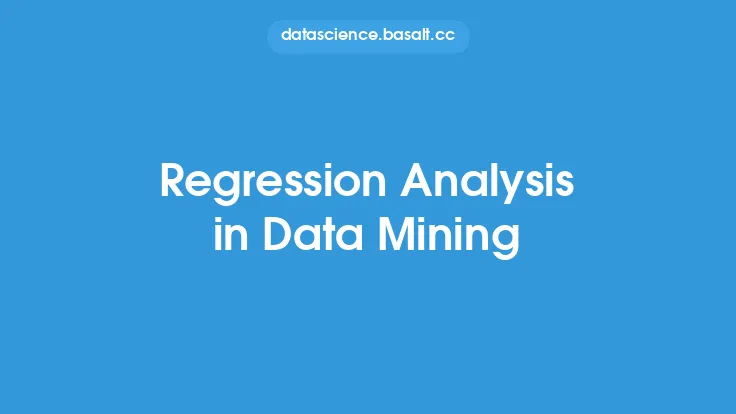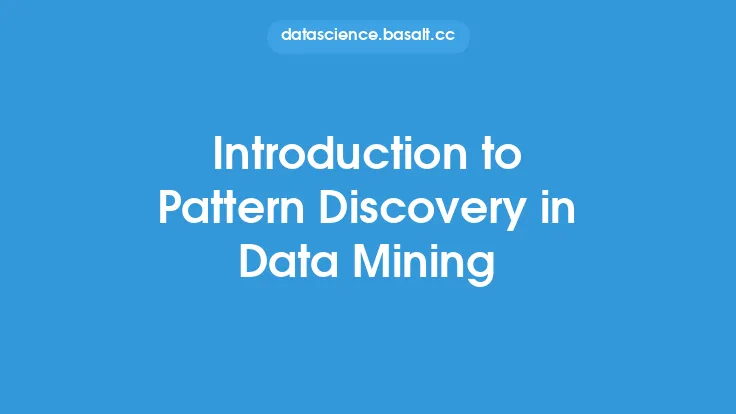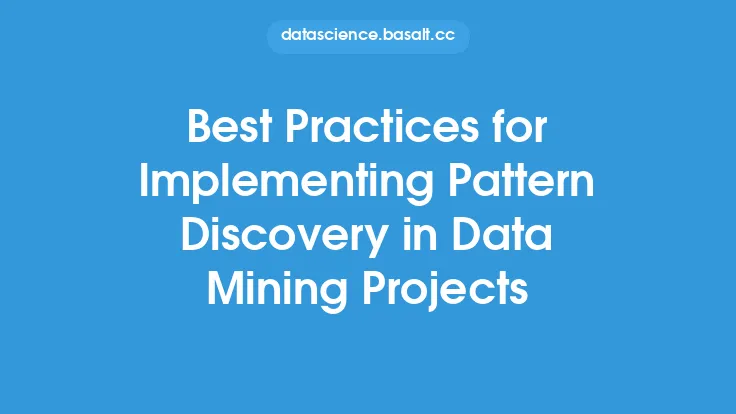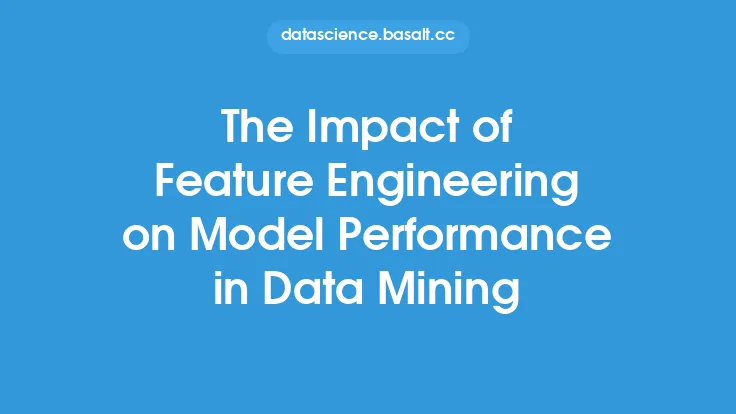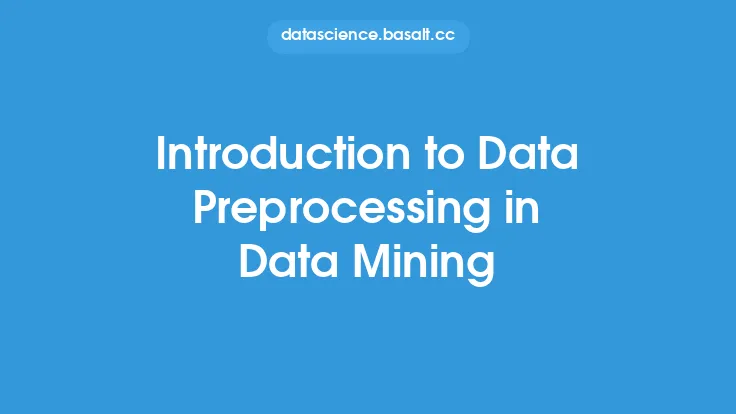Clustering analysis is a fundamental technique in data mining that involves grouping similar data points or observations into clusters based on their characteristics. The primary goal of clustering is to identify patterns, relationships, and structures within the data that can help organizations make informed decisions. In this article, we will delve into the world of clustering analysis, exploring its concepts, types, algorithms, and applications in data mining.
Introduction to Clustering
Clustering is an unsupervised learning technique, meaning that it does not require labeled data to operate. Instead, clustering algorithms rely on the inherent properties of the data to identify clusters. The process of clustering involves measuring the similarity or dissimilarity between data points, which can be based on various metrics such as distance, density, or probability. Clustering has numerous applications in data mining, including customer segmentation, gene expression analysis, image segmentation, and anomaly detection.
Types of Clustering
There are several types of clustering techniques, each with its strengths and weaknesses. Some of the most common types of clustering include:
- Hierarchical clustering: This type of clustering involves building a hierarchy of clusters by merging or splitting existing clusters. Hierarchical clustering can be further divided into agglomerative and divisive clustering.
- Partition-based clustering: This type of clustering involves dividing the data into a fixed number of clusters, where each cluster is represented by a centroid or a medoid.
- Density-based clustering: This type of clustering involves identifying clusters as dense regions in the data space, separated by sparse regions.
- Grid-based clustering: This type of clustering involves dividing the data space into a grid and then identifying clusters as dense regions within the grid.
- Model-based clustering: This type of clustering involves using statistical models to identify clusters, such as Gaussian mixture models or hidden Markov models.
Clustering Algorithms
There are numerous clustering algorithms available, each with its own strengths and weaknesses. Some of the most popular clustering algorithms include:
- K-means clustering: This algorithm is a type of partition-based clustering that involves dividing the data into a fixed number of clusters, where each cluster is represented by a centroid.
- Hierarchical clustering algorithm: This algorithm involves building a hierarchy of clusters by merging or splitting existing clusters.
- DBSCAN (Density-Based Spatial Clustering of Applications with Noise): This algorithm is a type of density-based clustering that involves identifying clusters as dense regions in the data space, separated by sparse regions.
- Expectation-Maximization (EM) clustering: This algorithm is a type of model-based clustering that involves using statistical models to identify clusters, such as Gaussian mixture models.
Evaluation Metrics for Clustering
Evaluating the quality of clustering results is crucial in data mining. Some common evaluation metrics for clustering include:
- Silhouette coefficient: This metric measures the separation between clusters and the cohesion within clusters.
- Calinski-Harabasz index: This metric measures the ratio of between-cluster variance to within-cluster variance.
- Davies-Bouldin index: This metric measures the similarity between clusters based on their centroid distances and scatter within the clusters.
- Cluster validity index: This metric measures the overall quality of the clustering results based on various criteria such as compactness, separation, and density.
Applications of Clustering Analysis
Clustering analysis has numerous applications in data mining, including:
- Customer segmentation: Clustering can be used to segment customers based on their demographic, behavioral, and transactional data.
- Gene expression analysis: Clustering can be used to identify co-expressed genes and understand their functional relationships.
- Image segmentation: Clustering can be used to segment images into regions of similar characteristics, such as texture or color.
- Anomaly detection: Clustering can be used to identify outliers or anomalies in the data, which can be useful in fraud detection or network intrusion detection.
Challenges and Limitations of Clustering Analysis
Clustering analysis is not without its challenges and limitations. Some of the common challenges and limitations include:
- Choosing the right clustering algorithm: With numerous clustering algorithms available, choosing the right one can be challenging.
- Determining the number of clusters: Determining the optimal number of clusters can be challenging, especially when the data is complex or high-dimensional.
- Handling noise and outliers: Clustering algorithms can be sensitive to noise and outliers, which can affect the quality of the clustering results.
- Interpreting the results: Clustering results can be difficult to interpret, especially when the data is high-dimensional or complex.
Future Directions of Clustering Analysis
Clustering analysis is a rapidly evolving field, with new techniques and algorithms being developed continuously. Some of the future directions of clustering analysis include:
- Developing clustering algorithms for big data: With the increasing volume and complexity of data, there is a need for clustering algorithms that can handle big data.
- Integrating clustering with other data mining techniques: Clustering can be integrated with other data mining techniques, such as classification and regression, to improve the overall quality of the results.
- Developing clustering algorithms for streaming data: With the increasing availability of streaming data, there is a need for clustering algorithms that can handle streaming data.
- Developing clustering algorithms for high-dimensional data: With the increasing dimensionality of data, there is a need for clustering algorithms that can handle high-dimensional data.
